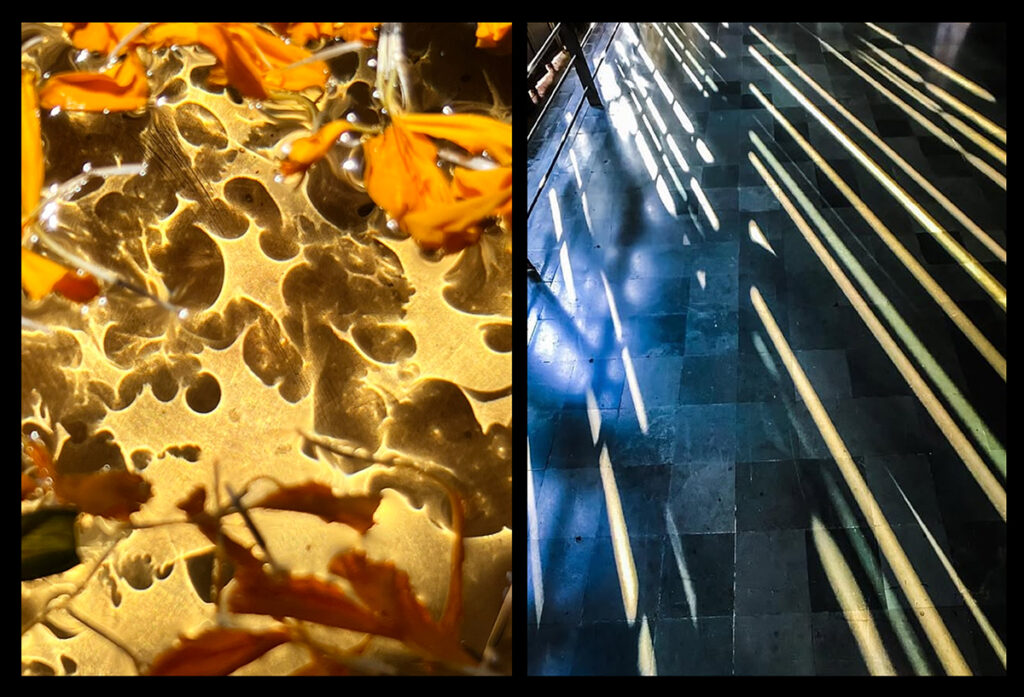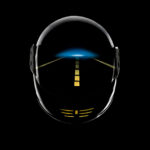By Hridgandha Girish Mistry
Advertising & Commercial Photographer | Director, Shari Academy
Instagram: @thewayhridsees | @shari_academy
Photography has always been described as the art of painting with light. Yet, where there is light, there are shadows—and often, it is in the shadows that the most powerful stories hide. They stretch, soften, distort, and reveal; creating a world of mystery that invites us to look again and observe more closely.
This is the real joy of chasing light: not just capturing what is obvious, but also finding the subtle stories that hide in everyday places, waiting to be noticed.
Shadows as Silent Storytellers
Unlike bold highlights, shadows whisper. They are rarely the subject, yet they shape it in unexpected ways. For instance, a hand shadow on a wall becomes a gesture frozen in time, while a hanging lantern projects its form larger than life. Moreover, glassware transforms into abstract geometry when lit just right.
What makes shadows magical is their ability to elevate the ordinary. A vase is simply a vase—until light bends through it, creating rippling patterns on the wall. Likewise, a curtain is only fabric—until sunlight streams through, turning it into a screen of abstract art.
Therefore, shadows remind us that photography observation is the true heart of the craft. They show us that beauty is not always found in what we see directly, but in what is shaped and suggested.
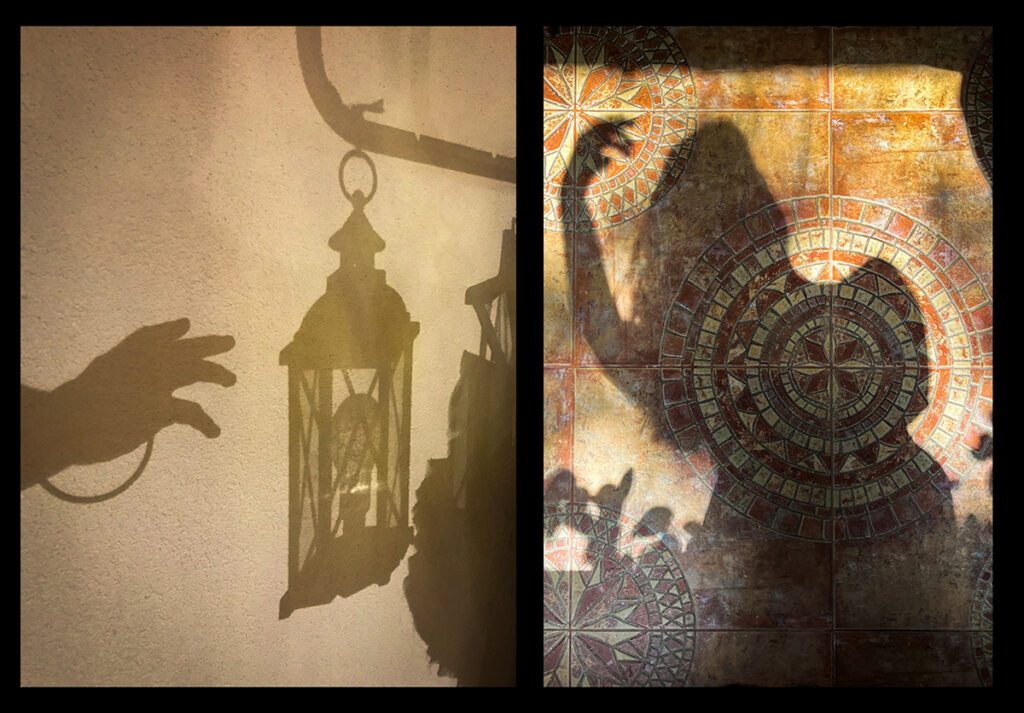
Observation in Daily Life
The best part about working with shadows is that they don’t require elaborate setups. Instead, they are part of daily life, waiting for those who notice.
- Laundry swaying on a line suddenly creates a play of hands and shapes on the floor.
- The leaves of a plant cast fleeting patterns that change as the wind blows.
- A glass of water on a table projects ripples that resemble waves of light.
- A child’s toy or a festive hanging object throws silhouettes that become larger, softer, and more poetic than the objects themselves.
Consequently, these are not staged moments. They are fragments of everyday photography—proof that the art is not only about expensive equipment or perfect timing. Rather, it is about presence. The act of noticing is where the photograph is truly born.
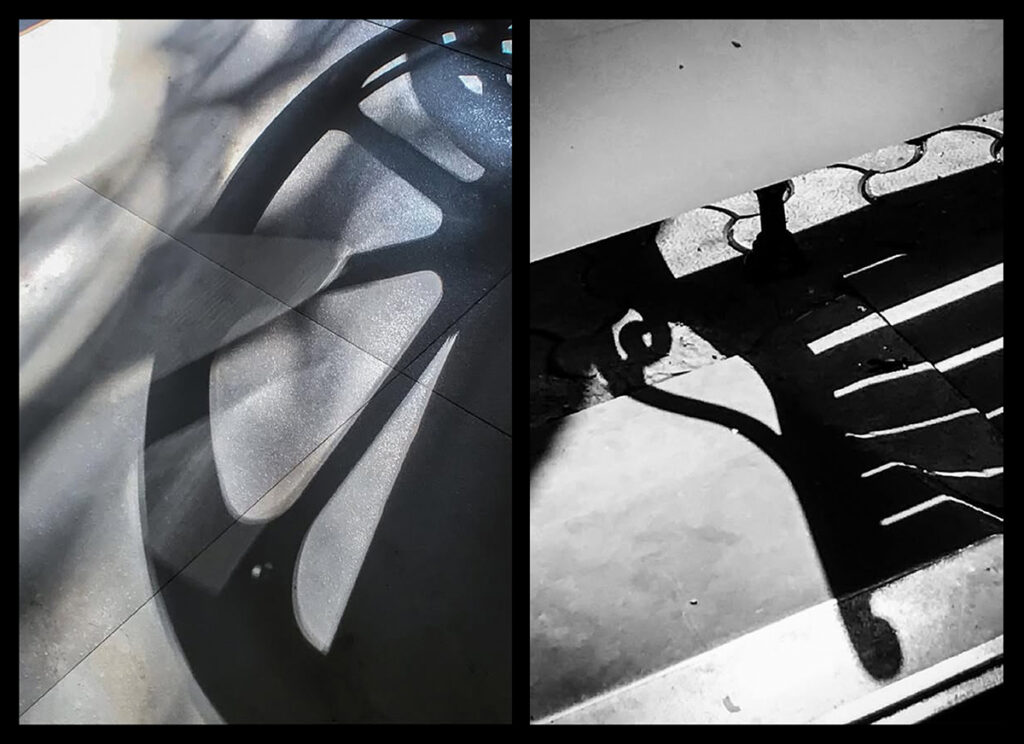
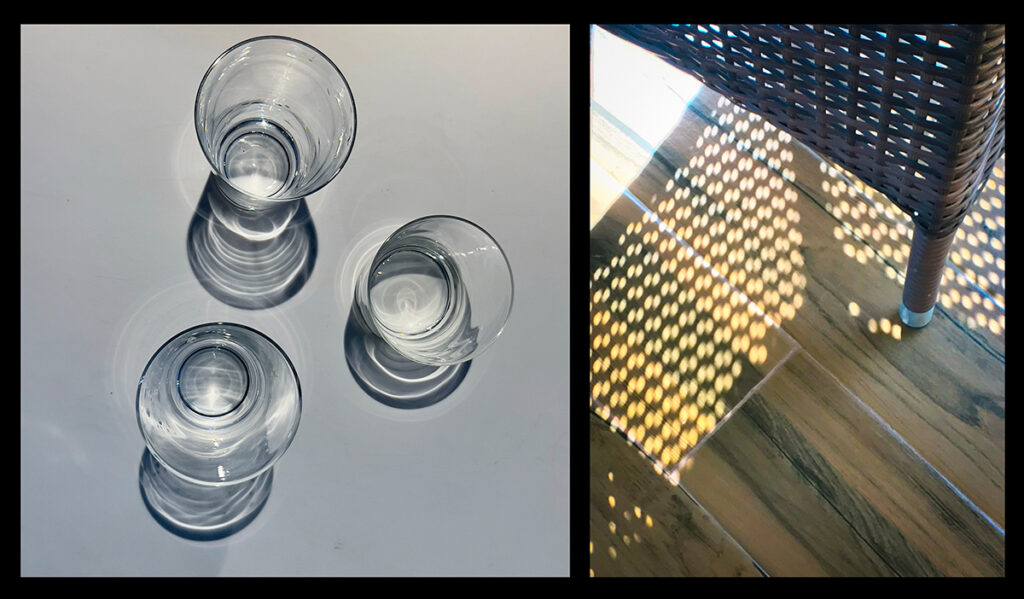
Why Shadows Fascinate Photographers
Every shadow tells a layered story. There is the object, the light source, and the surface that receives it. Together, they form a triangle of mystery. Unlike direct subjects, shadows are open to interpretation.
- Is the hand reaching for the lantern, or letting go?
- Is the palm leaf softening the light, or is the light bringing the leaf to life?
- Is the Ganesha silhouette simply a shadow, or does it carry centuries of cultural symbolism?
As a result, shadows become endlessly fascinating. They invite viewers not only to see, but also to imagine. That is what makes shadows in photography so powerful: they leave space for curiosity.
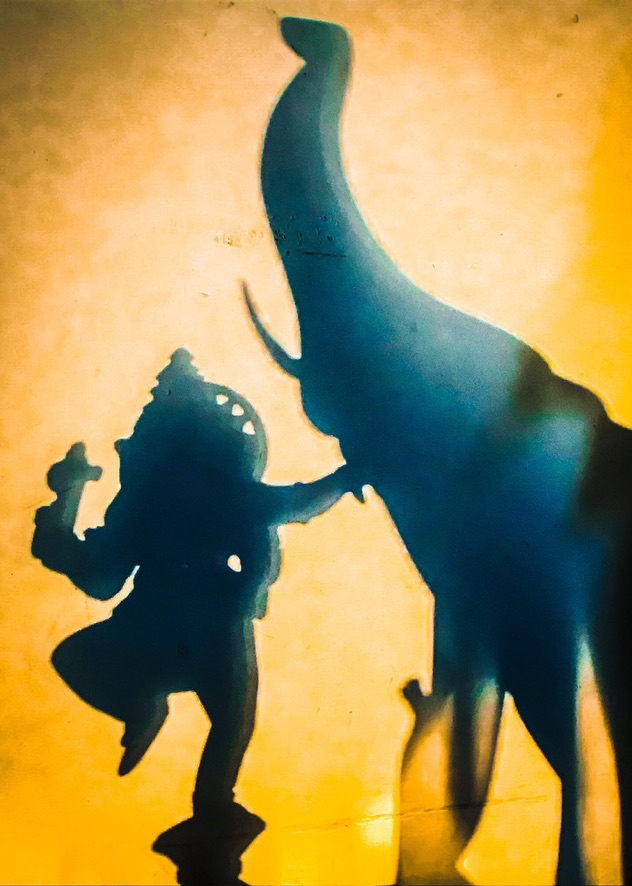
Light, Shadow, and Play
One of the greatest joys of working with shadows is how playful they are. The same object looks completely different in morning light versus evening light. Meanwhile, the same wall becomes a new canvas every hour.
This playfulness teaches an important lesson: light is not static. It moves, bends, bounces, and shifts—and so does photography. By observing shadows, we become more flexible and experimental. We stop chasing perfection and begin enjoying surprise.
In addition, accidents often become the art. A glass tips slightly, a curtain flutters, or a cable slips—what was unintended becomes unforgettable. Shadows reward those willing to embrace unpredictability.
The Photographer’s Eye
At the heart of it all is observation. A photographer’s true skill is not in pressing the shutter, but in seeing what others overlook. Most people walk past a wall lit by sunlight without a second thought. However, a photographer stops, studies, and frames it.
This habit of looking deeply transforms photography from a technical craft into a way of life. It slows us down. It teaches us patience. Furthermore, it makes us appreciate the details: how light creeps across a room, how shadows stretch with time, and how even the smallest object can project something monumental.
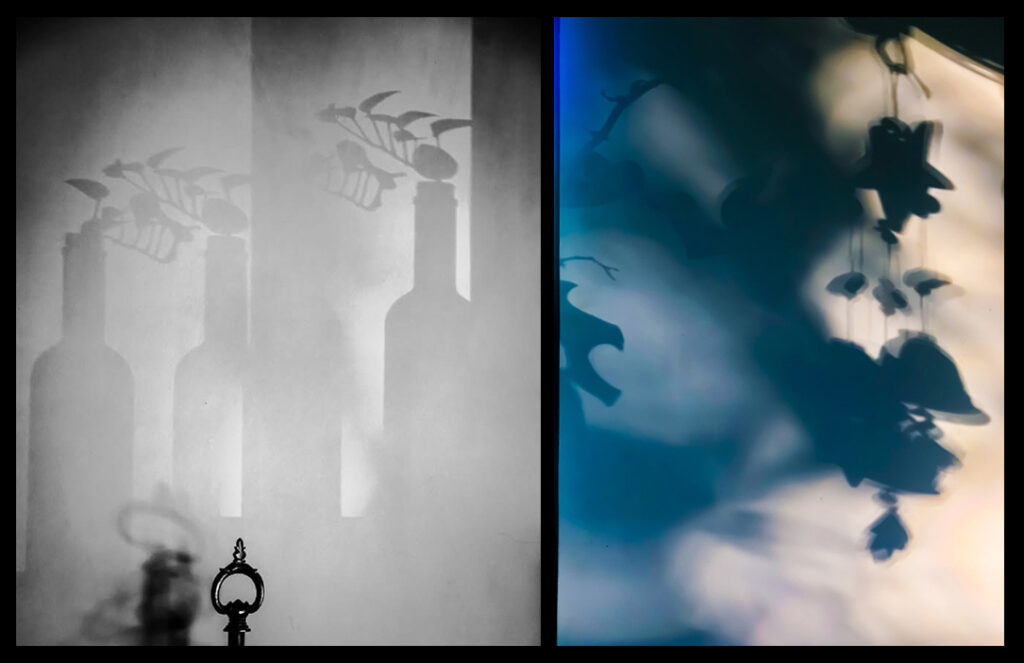
From Studio to Everyday Life
In the studio, light is controlled—crafted through softboxes, grids, and reflectors. But in daily life, light is wild, untamed. Shadows remind us that not everything can—or should—be controlled. Sometimes the most beautiful image is the one that happens naturally, in a fleeting second.
Therefore, this balance between control and surrender is what makes photography so fulfilling. You shape the light when you can, and you embrace its surprises when you cannot. Shadows are the bridge between the two.
Final Frame
Shadows are not the absence of light. They are the proof of it. They are the soft poetry that turns a wall into a stage, a glass into a painting, and a hand into a symbol.
The joy of chasing light lies in discovering these hidden stories. Every day offers new ones—if only we pause to observe.
So the next time sunlight streams through your window, notice the shadow it casts. Watch how it changes with time. Frame it, capture it, and let it remind you: photography is not only about what we see, but about what light and shadow whisper when we truly learn to look.
